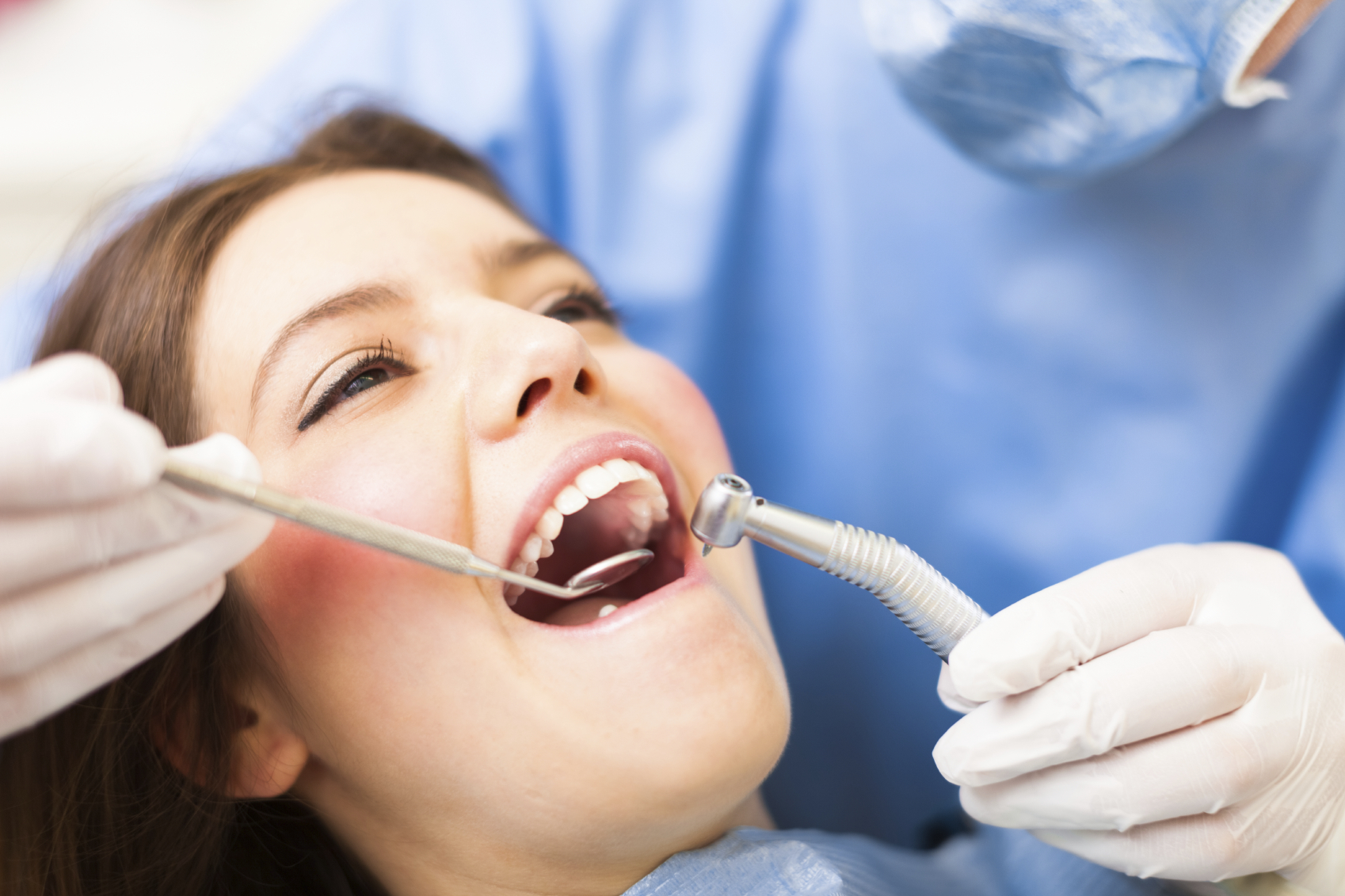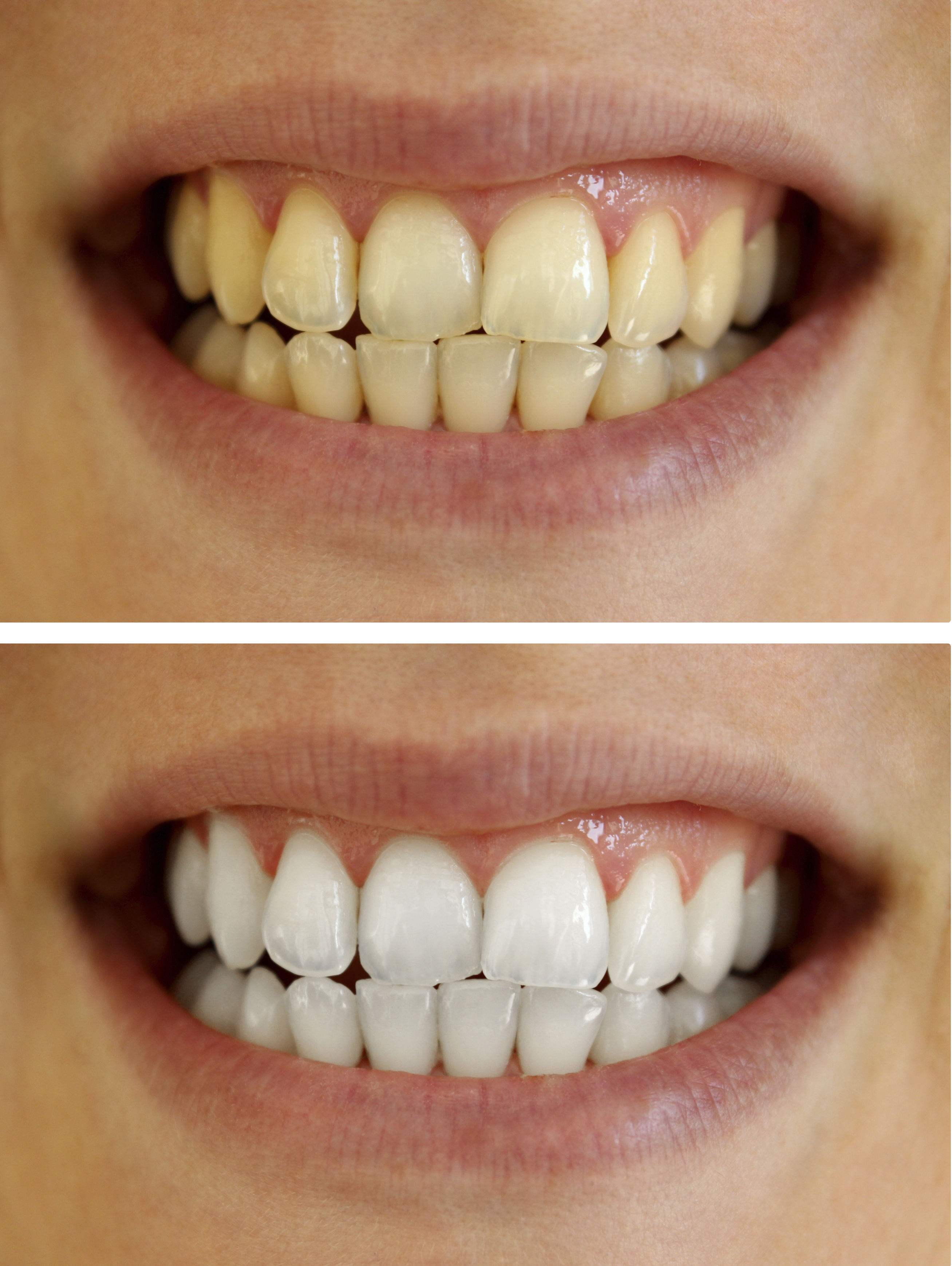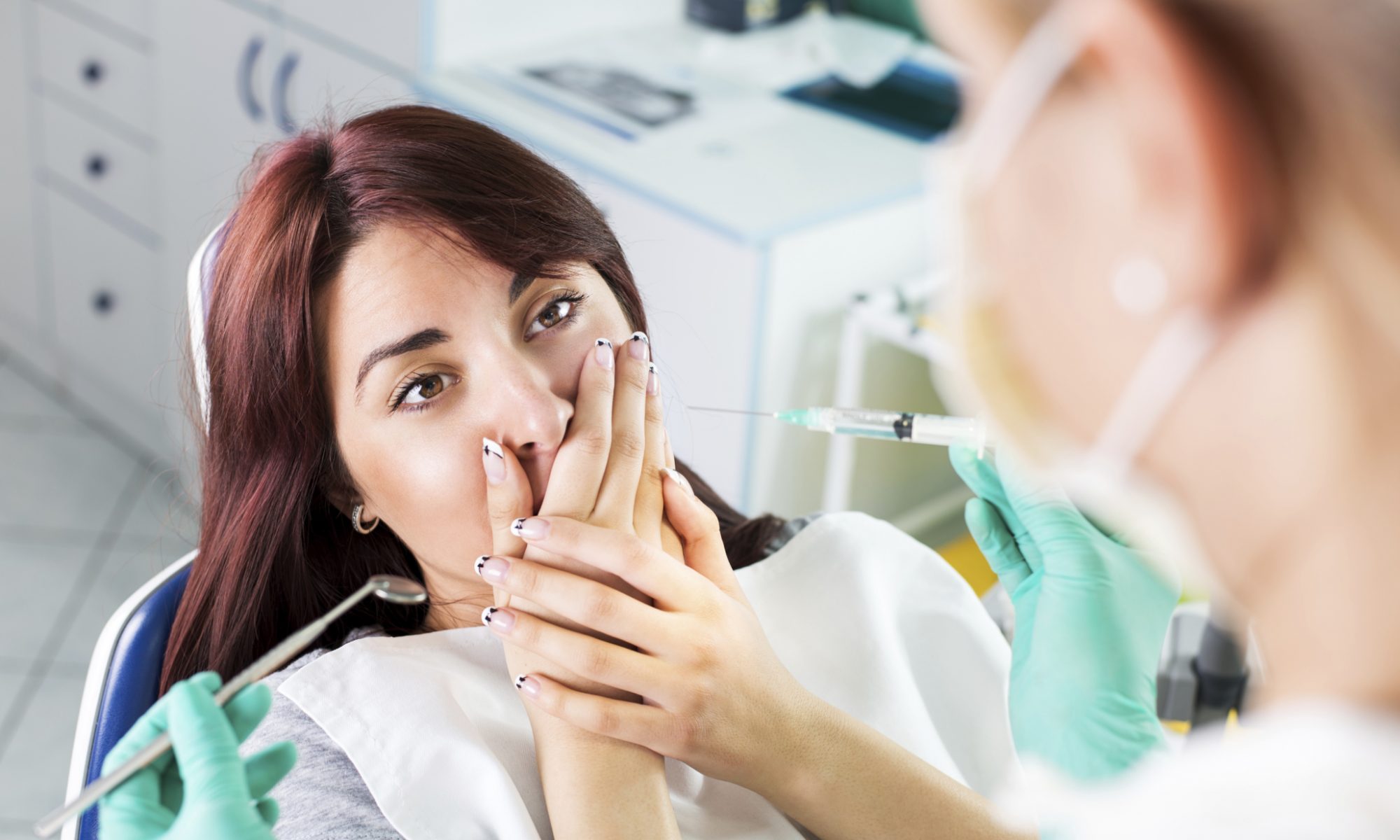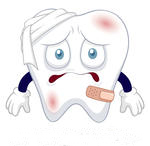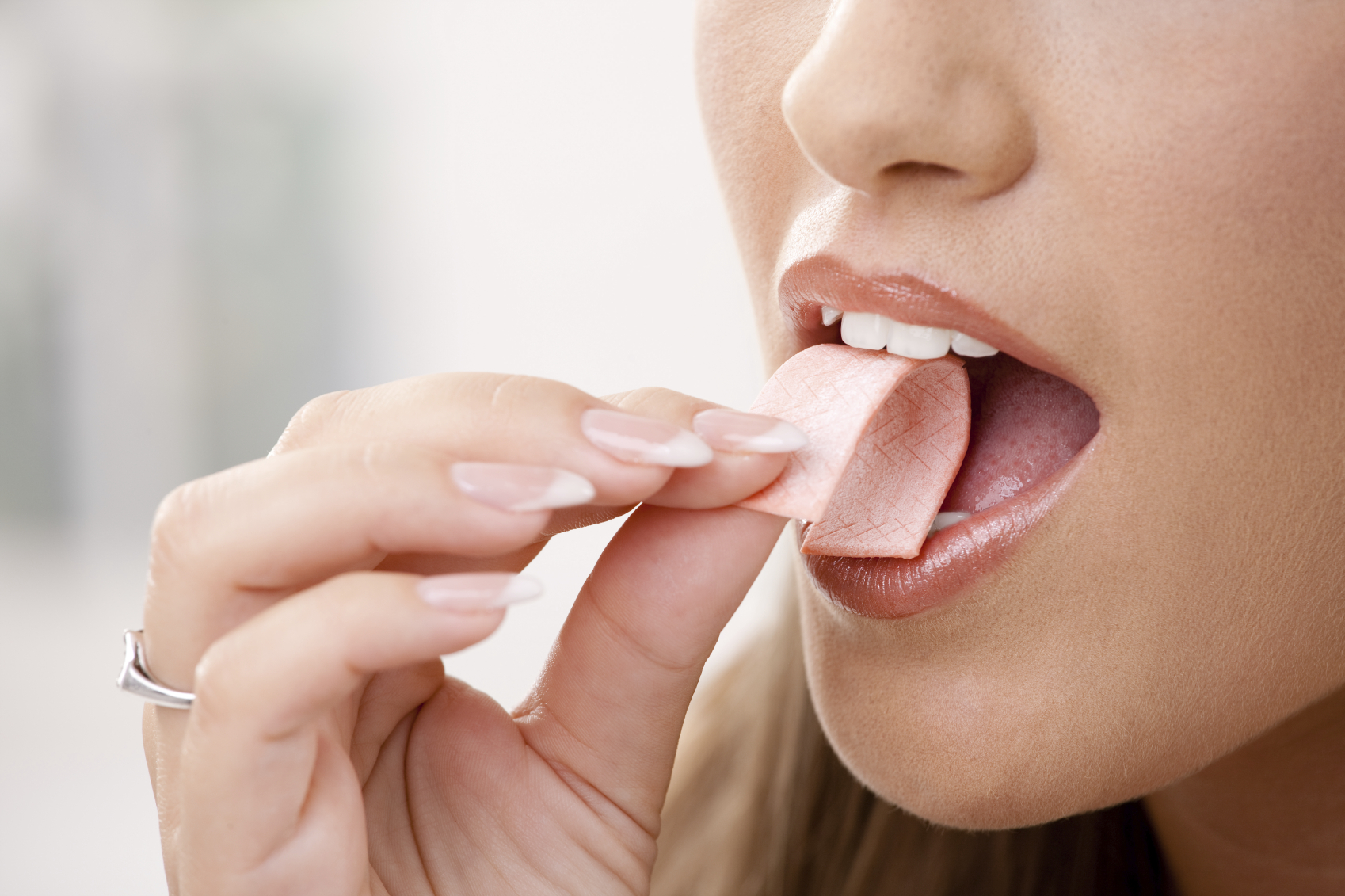The human mouth is a marvel of biological engineering, serving a multitude of essential functions that go far beyond mere communication. This intricate structure plays a vital role in our ability to eat, breathe, and express our emotions. In this blog, we will take a closer look at the anatomy of the human mouth and the various components that make it such a versatile and indispensable part of our bodies.
Continue reading “The Anatomy of the Human Mouth | Henderson Dentist”Getting Your Kids to Enjoy The Dentist | Henderson Dentist
A trip to the dentist often invokes anxiety for both children and parents alike. However, transforming the dental visit into a positive and enjoyable experience is crucial for fostering good oral health habits from a young age. In this blog post, we’ll explore effective strategies to help kids not only overcome their dental fears but actually look forward to their visits.
Continue reading “Getting Your Kids to Enjoy The Dentist | Henderson Dentist”The Pinhole Gum Restoration Technique | Henderson Dentist
Gum recession is a common dental issue that can lead to sensitivity, aesthetic concerns, and even tooth loss if left untreated. Traditional gum grafting procedures have long been the go-to solution, but advancements in dental techniques have introduced a minimally invasive alternative – Pinhole Gum Restoration Surgery.
Understanding Pinhole Gum Restoration Surgery:
Pinhole Gum Restoration Surgery, also known as the Pinhole Surgical Technique (PST), is a revolutionary method designed to treat gum recession without the need for extensive incisions, sutures, or grafts. Dr. John Chao introduced this technique as a patient-friendly alternative to traditional gum grafting, and it has gained popularity for its efficiency and quick recovery time.
How Pinhole Gum Restoration Surgery Works:
Pinhole Entry
- The procedure begins with a small pinhole entry point made in the patient’s gum tissue. This eliminates the need for the large incisions required in traditional grafting procedures. Gentle Tissue Manipulation:
- Specialized instruments are used to gently loosen and reposition the existing gum tissue. This process covers the exposed root surfaces and addresses the recession without the need for donor tissue.
- Collagen Strips
- Collagen strips are then inserted through the pinhole to stabilize the repositioned tissue and promote natural healing. This innovative technique avoids the use of traditional sutures.
Benefits of Pinhole Gum Restoration Surgery
- Minimally Invasive
- The most significant advantage of Pinhole Gum Restoration Surgery is its minimally invasive nature. Patients experience less discomfort, swelling, and a quicker recovery compared to traditional grafting procedures.
- Immediate Results
- Unlike traditional grafting, which may take weeks or months to show results, Pinhole Gum Restoration Surgery provides immediate cosmetic improvement. Patients can leave the dental office with a more aesthetically pleasing smile on the same day. Reduced
- Minimal Discomfort
- Patients often report minimal post-operative discomfort with Pinhole Gum Restoration Surgery, making it a more patient-friendly option compared to traditional methods.
- Preservation of Healthy Tissue
- Since Pinhole Surgery utilizes existing gum tissue, there’s no need to harvest tissue from other areas of the mouth or use donor tissue. This helps preserve healthy tissue and reduces the risk of complications.
Pinhole Gum Restoration Surgery represents a significant leap forward in the treatment of gum recession. Its minimally invasive approach, immediate results, and reduced discomfort make it an attractive option for those seeking an efficient and patient-friendly solution to address gum recession. If you’re experiencing gum recession and looking for a cutting-edge alternative to traditional grafting, consult with your dentist to determine if Pinhole Gum Restoration Surgery is the right choice for you.
Interested in learning more? Call to schedule an appointment today at 702-735-2755 or visit us online at www.patricksimonedds.com today.
Dr. Patrick Simone proudly serves patients from Henderson and all surrounding areas.
What Tooth Discoloration Tells Us | Henderson Dentist
Maintaining proper oral health is not only crucial for a bright smile but also for overall well-being. One often overlooked indicator of improper oral health care is tooth discoloration. Discoloration can manifest in various ways, ranging from yellowing to brown spots, and can be a warning sign of underlying issues that demand attention.
Continue reading “What Tooth Discoloration Tells Us | Henderson Dentist”Understanding Dental Specialties | Henderson Dentist
Dentistry is a multifaceted field with a range of specialized branches, each focusing on specific aspects of oral health. These dental specialties play a crucial role in ensuring comprehensive care for patients. In this blog post, we’ll delve into some of the prominent dental specialties, shedding light on the unique roles they play in maintaining and improving oral health.
Continue reading “Understanding Dental Specialties | Henderson Dentist”A Brief History of Dentistry | Henderson Dentist
Dentistry, an indispensable aspect of healthcare, has a rich and fascinating history that spans centuries. The evolution of dental practices reflects not only advancements in medical knowledge but also cultural shifts and technological progress. Join us on a journey through time as we explore the milestones and transformations that have shaped the field of dentistry over the past 350 years.
Continue reading “A Brief History of Dentistry | Henderson Dentist”Understanding and Managing Tooth Sensitivity | Henderson Dentist
Tooth sensitivity is a common dental concern that affects millions of people worldwide. Whether it’s a sudden jolt of pain while enjoying an ice cream cone or a twinge when sipping hot coffee, sensitive teeth can be a real discomfort. In this blog post, we’ll delve into the causes of tooth sensitivity and explore effective strategies for managing and preventing this common dental issue.
Continue reading “Understanding and Managing Tooth Sensitivity | Henderson Dentist”What To Know About Dental Emergencies | Henderson Dentist
Dental emergencies can strike at any time, causing pain and anxiety. In this guide, we’ll explore common dental emergencies, their causes, and practical steps for immediate relief. Whether it’s a sudden toothache or a knocked-out tooth, being prepared and informed can make all the difference in managing these situations effectively.
Understanding Dental Emergencies:
Dental emergencies encompass a range of urgent situations, from severe toothaches and broken teeth to injuries affecting the mouth and jaw. Recognizing the signs of a dental emergency is crucial for prompt action. Common issues include intense pain, swelling, bleeding, and damage to teeth or surrounding tissues.
Common Dental Emergencies:
- Toothaches: Causes, symptoms, and initial at-home remedies.
- Broken or Chipped Teeth: Immediate steps to take and the importance of saving any broken fragments.
- Knocked-Out Tooth: Quick response tips for the best chance of saving a dislodged tooth.
- Lost Fillings or Crowns: Temporary solutions until professional help is available.
First Aid for Dental Emergencies:
Effective first aid can alleviate pain and prevent further damage before reaching the dentist. Some families are prepared with an emergency first-aid kit which may include over-the-counter pain relievers, sterile gauze, a small container for a knocked-out tooth, and dental cement for temporary repairs.
Seeking Professional Help:
While temporary measures can provide immediate relief, consulting a dentist is crucial. The guide will outline the importance of contacting a dental professional promptly, even if the pain subsides, to address underlying issues and prevent potential complications.
In times of dental emergencies, knowledge and preparedness are key. By familiarizing yourself with common issues, knowing how to administer effective first aid, and seeking timely professional help, you can navigate dental emergencies with confidence, minimizing pain and ensuring the best possible outcomes for your oral health.
Interested in learning more? Call to schedule an appointment today at 702-735-2755 or visit us online at www.patricksimonedds.com today.
Dr. Patrick Simone proudly serves patients from Henderson and all surrounding areas.
The Battle Against Bad Breath | Henderson Dentist
Bad breath, also known as halitosis, is a common and often embarrassing condition that can affect anyone at any age. While it’s a prevalent issue, its impact on social interactions and self-esteem cannot be overstated. In this blog post, we will delve into the causes of bad breath, effective prevention strategies, and lifestyle changes to keep your breath fresh and your confidence soaring.
Understanding the Causes:
- Poor Oral Hygiene: the most common cause of bad breath is inadequate oral hygiene. Bacteria thrive in the mouth, feeding on food particles left behind after meals. Regular brushing, flossing, and tongue cleaning can significantly reduce the bacterial load, preventing bad breath.
- Dry Mouth: saliva plays a crucial role in maintaining oral health by neutralizing acids and washing away debris. Dry mouth, often caused by certain medications or dehydration, reduces saliva production, creating an environment where bacteria flourish and contribute to bad breath.
- Diet: the foods we consume can directly impact our breath. Strong-smelling foods like garlic, onions, and certain spices can leave a lingering odor. Additionally, crash diets or low-carbohydrate diets can lead to the production of ketones, resulting in an unpleasant breath.
- Tobacco Use: smoking and using tobacco products not only stains teeth but also contributes to bad breath. These habits can irritate the gums, leading to gum disease, another major factor in halitosis.
- Medical Conditions: underlying medical conditions such as respiratory infections, diabetes, and gastrointestinal issues can manifest as bad breath. Addressing these health concerns can often alleviate the associated oral odor.
Prevention Strategies:
- Maintain Excellent Oral Hygiene: brush your teeth at least twice a day, floss daily, and use an antimicrobial mouthwash to eliminate bacteria and plaque buildup.
- Stay Hydrated: drinking an adequate amount of water helps maintain saliva production, preventing dry mouth and reducing the risk of bad breath.
- Watch Your Diet: limit the consumption of strong-smelling foods and beverages. Opt for a balanced diet rich in fruits and vegetables to promote oral health.
- Quit Smoking: if you smoke or use tobacco products, quitting can improve not only your breath but also your overall health.
- Regular Dental Checkups: scheduling regular dental appointments allows your dentist to detect and address oral health issues before they contribute to bad breath.
Lifestyle Changes:
- Go Sugar-Free: chewing sugar-free gum or sucking on sugar-free mints can stimulate saliva flow, helping to keep your mouth moist and fresh.
- Maintain a Healthy Lifestyle: exercise regularly, eat a balanced diet, and manage stress to promote overall well-being, which can indirectly contribute to better oral health
Banishing bad breath requires a multi-faceted approach involving good oral hygiene, healthy lifestyle choices, and addressing underlying health issues. By incorporating these strategies into your daily routine, you can confidently embrace a fresher breath and a more positive social experience. Remember, a little effort goes a long way in the fight against bad breath!
Interested in learning more? Call to schedule an appointment today at 702-735-2755 or visit us online at www.patricksimonedds.com today.
Dr. Patrick Simone proudly serves patients from Henderson and all surrounding areas.
Five Myths and Misconceptions of Oral Care | Henderson Dentist
Oral care and hygiene are paramount to our ability to maintain and retain our teeth as we age. With so much information about oral care practices online, we felt it was important to demystify some of the most common dental myths and misconceptions we hear and offer advice on how to move forward.
Myth 1. Baby Teeth Don’t Need Brushing.
Good oral care practices begin when we are young and proper oral care for a child’s first set of teeth matters. Tooth decay in a baby tooth can lead to complications as an adult, so we recommend a twice-daily brushing routine as soon as the child has teeth.
Myth 2. Sugar Causes Cavities.
Sugar itself is not the cause of cavities, though the bacteria that eat the sugar can be. The starches and sugar themselves attract bacteria that thrive on the surface of your teeth and release an acidic compound that promotes tooth decay. Regular brushing and rinsing after eating particular sugary foods will go a long way toward preventing decay.
Myth 3. Hard Brushing Cleans Better.
This action is counter-productive, as excess pressure on your teeth can work to damage enamel rather than support it. Hard brushing also hurts our gums and can lead to a recessed gum lining over time. We recommend taking care to brush gently with a soft-bristle brush.
Myth 4. Chewing Gum Helps Clean Teeth.
Chewing gum is certainly not a replacement for brushing. Chewing gum can be a great way to combat sugar cravings or a candy habit, but while it makes your breath smell better, it cannot replace the benefits of brushing.
Myth 5. Enamel Loss Causes Sensitivity.
We may experience sensitivity for many reasons, and enamel loss doesn’t happen overnight. Tooth grinding, abrasive toothpaste, aggressive brushing and lack of regular proper oral hygiene all contribute to both sensitivity and a loss of enamel. Should you lose your enamel, however, you will likely experience tooth sensitivity as well.
Interested in learning more? Call to schedule an appointment today at 702-735-2755 or visit us online at www.patricksimonedds.com today.
Dr. Patrick Simone proudly serves patients from Henderson and all surrounding areas.



